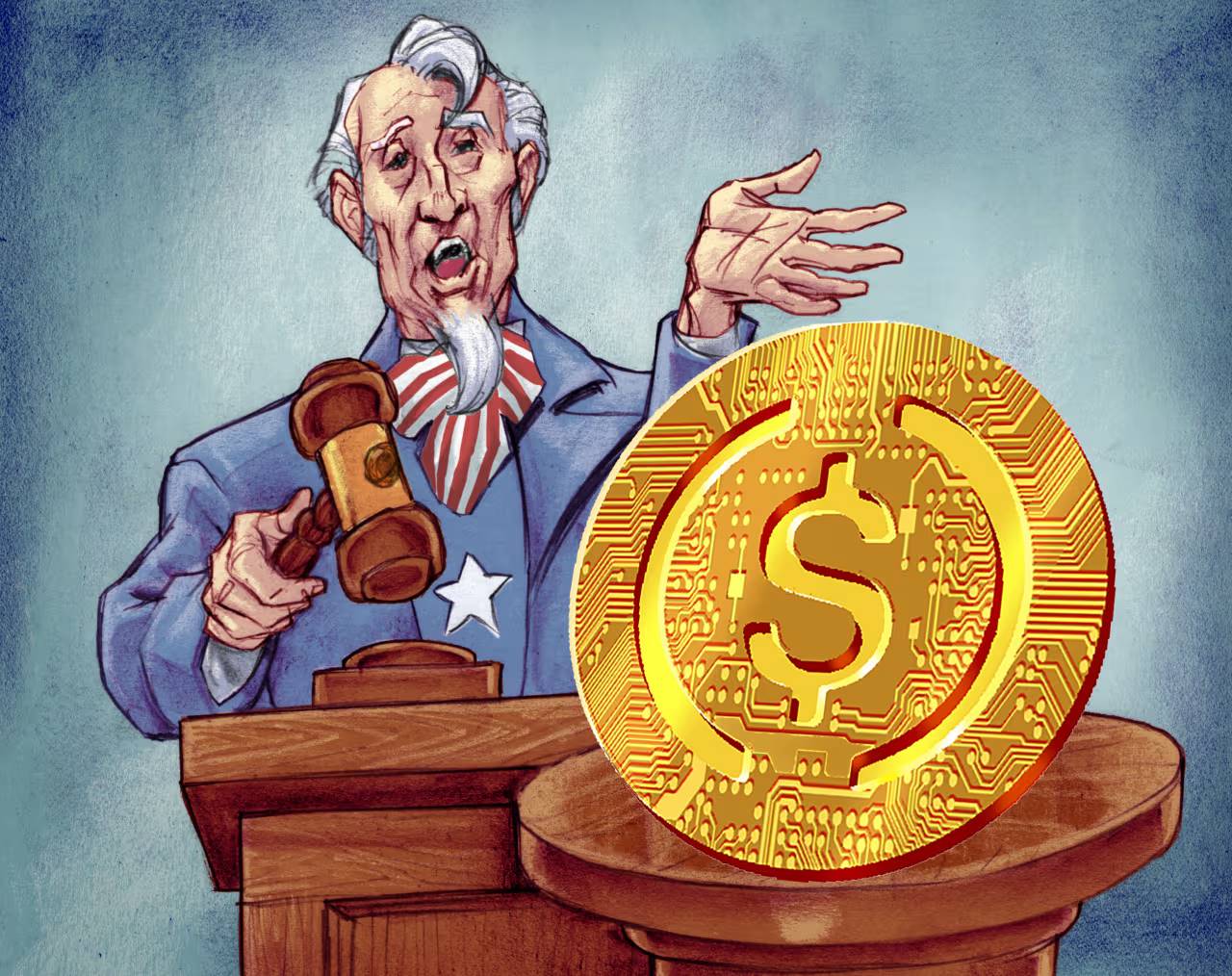Written by: Paul D. Ryan, former Speaker of the U.S. House of Representatives and member of the Paradigm Policy Committee
Compiled by Luffy, Foresight News

America’s economic and social experiment is at a critical crossroads, and nowhere is this more evident than in the national debt. The United States is headed for a predictable but avoidable debt crisis. If nothing is done, the economy will stagnate and the government’s promises of health care and retirement security will fall through. More seriously, cuts to defense spending will put the country at risk.
With fiscal problems looming and effective solutions still out of reach, the crisis is likely to begin with failed Treasury auctions, forcing a massive budget adjustment. As the economy shrinks, the dollar will suffer a major credit shock, which will further jeopardize growth prospects. The obvious answer is to address the root causes of these problems. Entitlement programs are drivers of debt and need to be reformed, but politicians don't have the courage to do what they need to do. As a result, the country is on a dangerous path. What can be done?
Consider stablecoins first. According to data from the U.S. Treasury and crypto analytics site DeFiLlama, dollar-backed stablecoins are becoming a significant net purchaser of U.S. government debt. If fiat-backed dollar stablecoin issuers were a country, it would rank just behind the top 10 holders of U.S. Treasuries—smaller than Hong Kong but larger than Saudi Arabia. If the industry continues to grow, stablecoins could become one of the largest purchasers of U.S. government debt.
The emergence of stablecoins as a mechanism to promote the dollar is timely. The U.S. has benefited greatly from the dollar’s status as the main international reserve currency. The benefits include: cheap, reliable financing for fiscal spending, and a huge impact on the global financial system. Due to the dollar’s dominance, most financial activities ultimately go through U.S. banks. As the global economy becomes more digital and multipolar, the dollar’s dominance is constantly threatened.
China understands what is happening. Beijing’s financial authorities have made digital currency a pillar of the country’s international development strategy and foreign policy. The Chinese government is using investments in physical and digital infrastructure in emerging markets, coupled with financial engineering, to embed the yuan into networks it can control to exert influence. The United States cannot sit idly by while its largest international competitor taps into latent demand for secure and convenient digital currencies. The framework for understanding how the dollar gains power needs to be updated as the world changes.
Here’s an example of what drives the dollar’s dominance. Suppose a Japanese company sells a product or service to a customer in Wisconsin. What does the company do with the dollars it receives? Since the early 1970s, it can put them into the large and liquid market for U.S. Treasury bonds. The most attractive part is that U.S. Treasury bonds are backed by the world’s most dynamic economy. After all, U.S. government debt is a claim on the future output of the U.S. economy.
Putting aside the issue of the growing U.S. government debt, the fact that Uncle Sam can continue to sell debt at low interest rates on international markets proves one important thing: the rest of the world has an insatiable appetite for dollars. However, there are signs that this may be changing, and fast.
Countries that have historically purchased large amounts of U.S. debt, such as China and Saudi Arabia, are gradually withdrawing from the market. They are increasingly seeking payment settlement methods outside the U.S. dollar system. At the same time, the U.S. government faces an increasing risk of failed debt auctions, a terrible future that would disrupt the market and seriously damage the U.S.'s credibility.
If other countries succeed in boosting the influence of their own currencies while dumping U.S. Treasuries, the U.S. will need to find new ways to increase the dollar’s appeal. Dollar-backed stablecoins are one answer.
Most stablecoin holders are from economically weaker countries where institutions are looking for “better” money. As Timothy G. Massad, former chairman of the Commodity Futures Trading Commission, recently described in a Brookings Institution research paper, stablecoins are akin to Eurodollars, the offshore dollar-denominated liabilities that fueled the dollar’s dominance during the Cold War.
Promoting a dollar-backed stablecoin would be a well-worn path with clear short-term benefits. This move would permanently increase demand for U.S. debt and reduce the risk of failed debt auctions and debt crises. Unlike China’s digital financial infrastructure, a dollar-backed stablecoin issued on a public, permissionless blockchain embodies the traditional American values of freedom and openness.
A robust, predictable regulatory framework for stablecoins that has bipartisan support in Congress would help significantly expand the use of a digital dollar at a critical time. In an election year, with all the ugly politics to come, we need a win like this to anchor the confidence of financial markets.








